- 08008 20 20 80
Menu
Menu
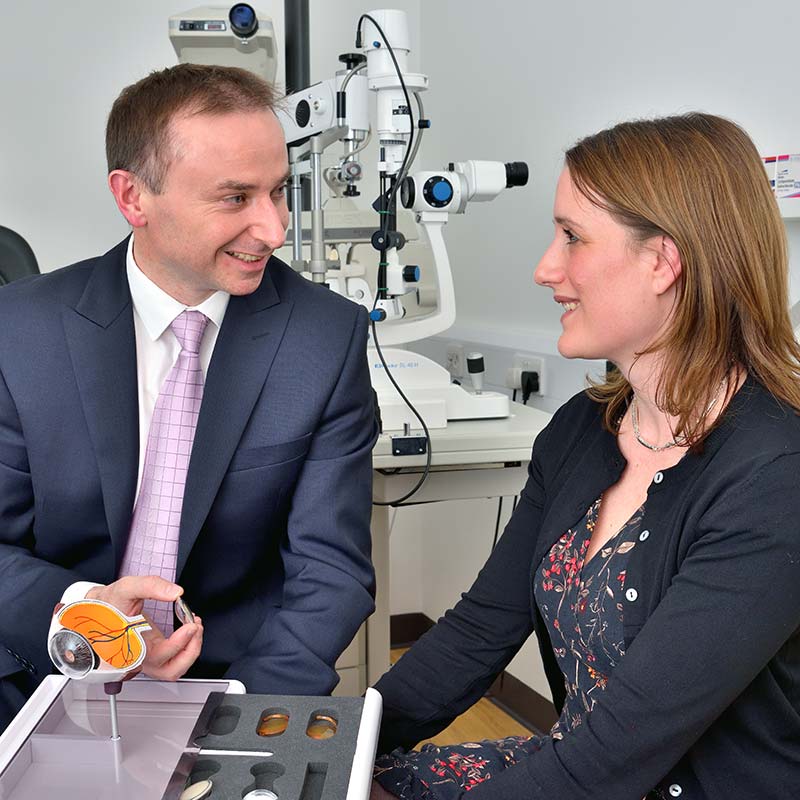
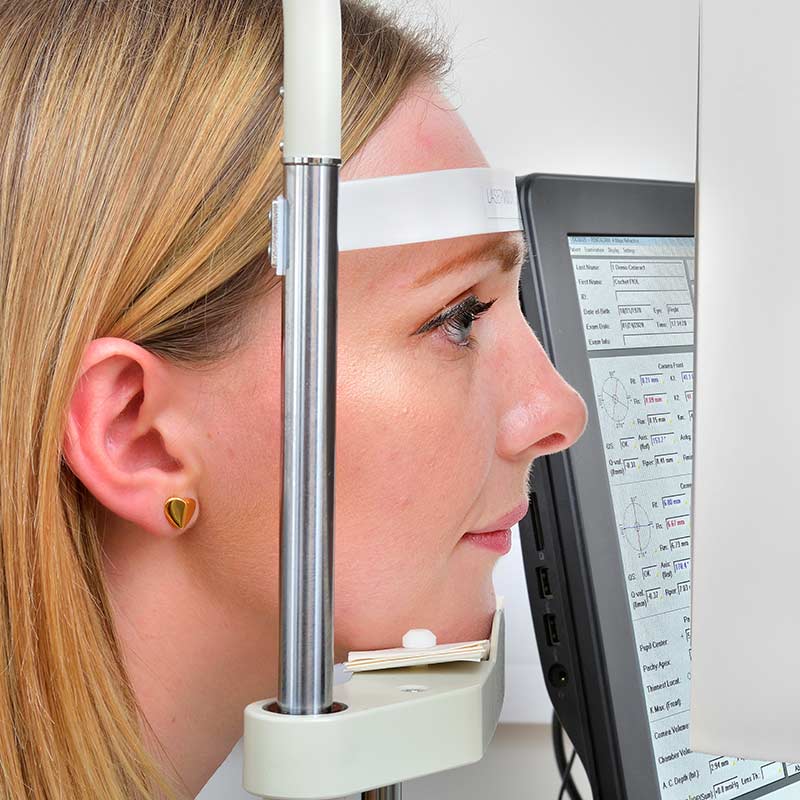
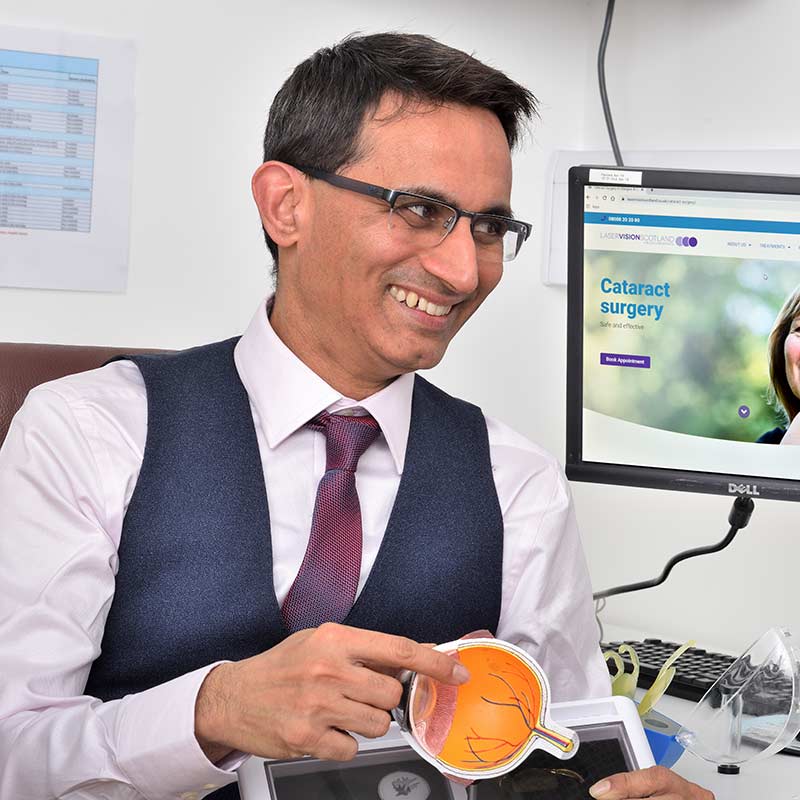
Taking prescribed medication exactly as indicated is the best first step in managing your condition.
Regular exercise can reduce eye pressure in open-angle glaucoma.
A healthy diet, rich in essential minerals such as Vitamins C, E and K is beneficial for overall health, though it cannot prevent glaucoma worsening.
Elevating your head by using a wedge or pillow has been shown to reduce intraocular pressure while you sleep.
High-caffeine consumption can be linked with increased eye pressure.
According to the Glaucoma Research Foundation’s most recent annual conference, a symposium addressed the topic of “New Medication Delivery Systems for Glaucoma.”
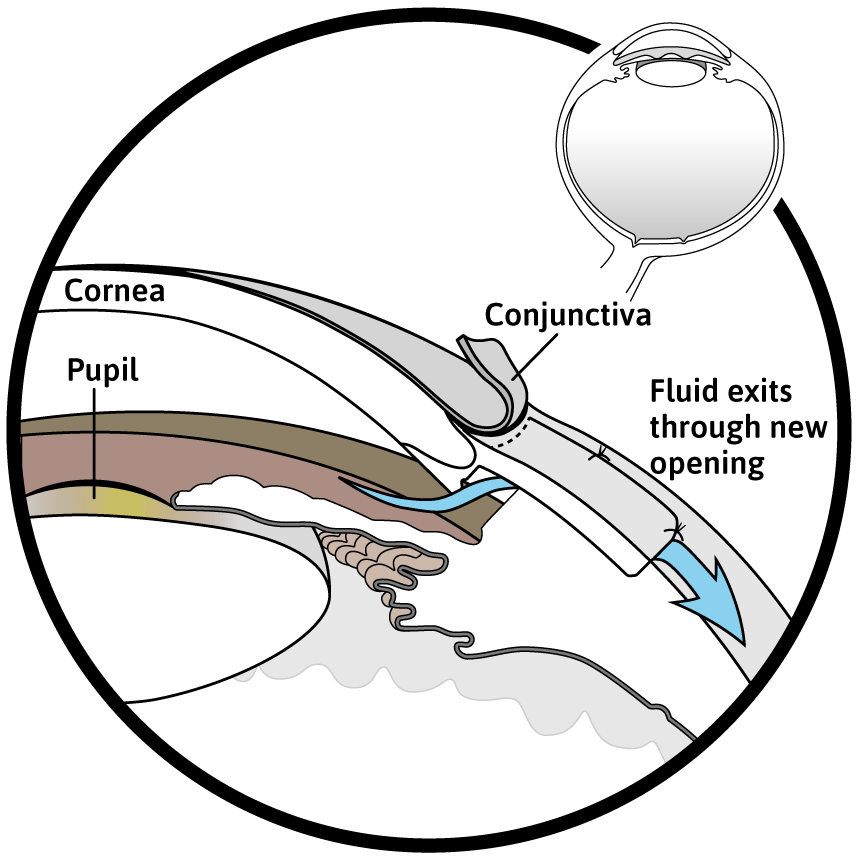
We offer all of the above treatments at Laser Vision Scotland. Make an appointment to discuss with us the best procedure for you.
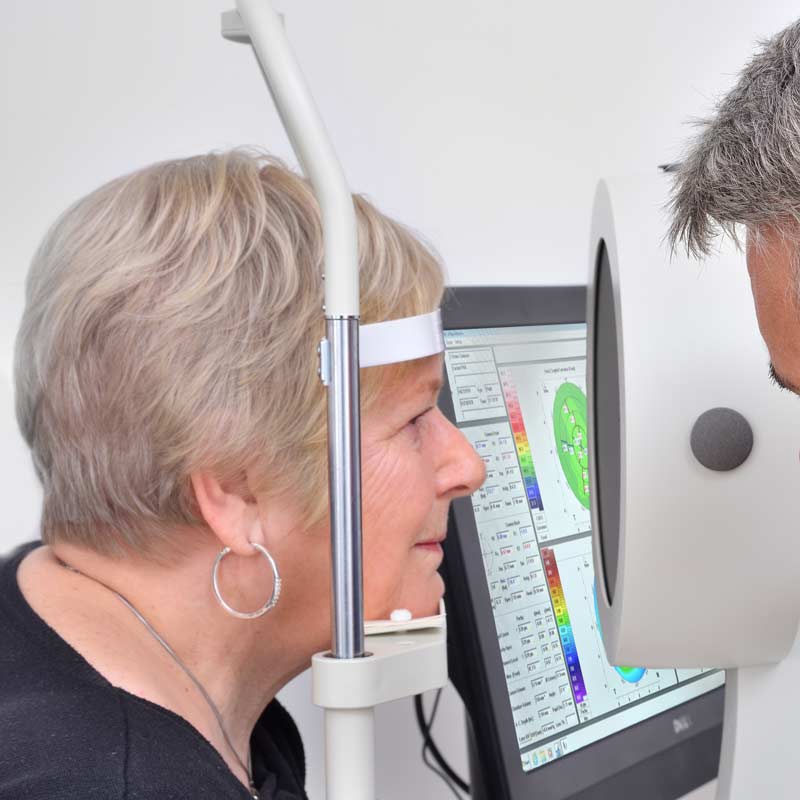
Laser surgery can be used to treat a host of conditions that cause Glaucoma. Book an appointment to speak to Laser Vision Scotland about your best treatment options.
© 2019 Laser Vision Scotland. All rights reserved.